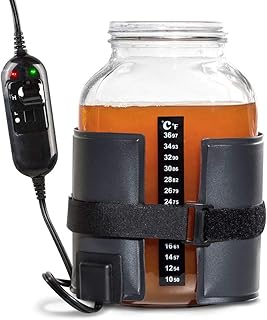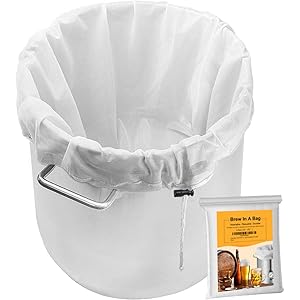Understanding Carbonation Brewing
Carbonation brewing refers to the process of infusing carbon dioxide (CO2) into a beverage, primarily beer, to create a refreshing effervescence. This process not only enhances the sensory experience but also plays a crucial role in the preservation and flavor profile of the final product. The level of carbonation can significantly affect the mouthfeel and aroma, making it an essential aspect of brewing.
The Science Behind Carbonation
The science of carbonation involves the solubility of carbon dioxide in liquid under pressure. When brewing, CO2 is either naturally produced during fermentation or added artificially. The pressure and temperature of the liquid influence how much CO2 can be dissolved. Understanding this balance is vital for brewers aiming to achieve the desired level of carbonation in their beers.
Natural vs. Forced Carbonation
There are two primary methods of carbonation in brewing: natural and forced carbonation. Natural carbonation occurs when yeast ferments sugars, producing CO2 as a byproduct. This method is often used in bottle conditioning, where the beer is sealed with a small amount of sugar and yeast, allowing carbonation to develop over time. Forced carbonation, on the other hand, involves injecting CO2 directly into the beer using a CO2 tank, providing more control over the carbonation level.
Measuring Carbonation Levels
Brewers measure carbonation levels in volumes of CO2, which indicates how much gas is dissolved in the liquid. One volume of CO2 means that the gas occupies the same volume as the liquid at standard temperature and pressure. Most beers are carbonated to a level between 2.0 and 2.5 volumes, but certain styles may require higher or lower levels, affecting the overall taste and texture.
Impact of Carbonation on Flavor
Carbonation plays a significant role in the flavor perception of beer. The bubbles created during carbonation can enhance the aroma by releasing volatile compounds, making the beer more aromatic. Additionally, the level of carbonation can influence the perception of sweetness and bitterness, altering the overall flavor balance. A well-carbonated beer can feel crisp and refreshing, while under-carbonated beers may taste flat and dull.
Get more content like this!
Sign up to receive updates and new terms first hand.
Carbonation Techniques for Homebrewers
Homebrewers can experiment with various carbonation techniques to achieve their desired results. For natural carbonation, adding priming sugar before bottling is a common method. Alternatively, homebrewers can use a kegging system with a CO2 tank for forced carbonation, allowing for quicker and more precise adjustments. Each method has its advantages and can yield unique flavor profiles.
Common Carbonation Issues
Brewers may encounter several common issues related to carbonation, such as over-carbonation or under-carbonation. Over-carbonation can lead to excessive foaming and gushing when opening bottles, while under-carbonation results in a flat beer. Identifying the root cause, whether it be fermentation temperature, sugar levels, or CO2 pressure, is essential for troubleshooting these issues effectively.
Carbonation in Different Beer Styles
Different beer styles require varying levels of carbonation to achieve their characteristic profiles. For example, Belgian ales often have higher carbonation levels, contributing to their effervescent quality, while stouts may be lower in carbonation, enhancing their creamy mouthfeel. Understanding the specific carbonation needs of each style is crucial for brewers aiming to create authentic representations of traditional recipes.
Future Trends in Carbonation Brewing
As the craft brewing industry continues to evolve, new trends in carbonation brewing are emerging. Innovations in carbonation technology, such as the use of nitrogen for smoother textures or the development of new carbonation methods, are gaining popularity. Additionally, brewers are experimenting with different carbonation levels to create unique flavor experiences, pushing the boundaries of traditional brewing practices.




